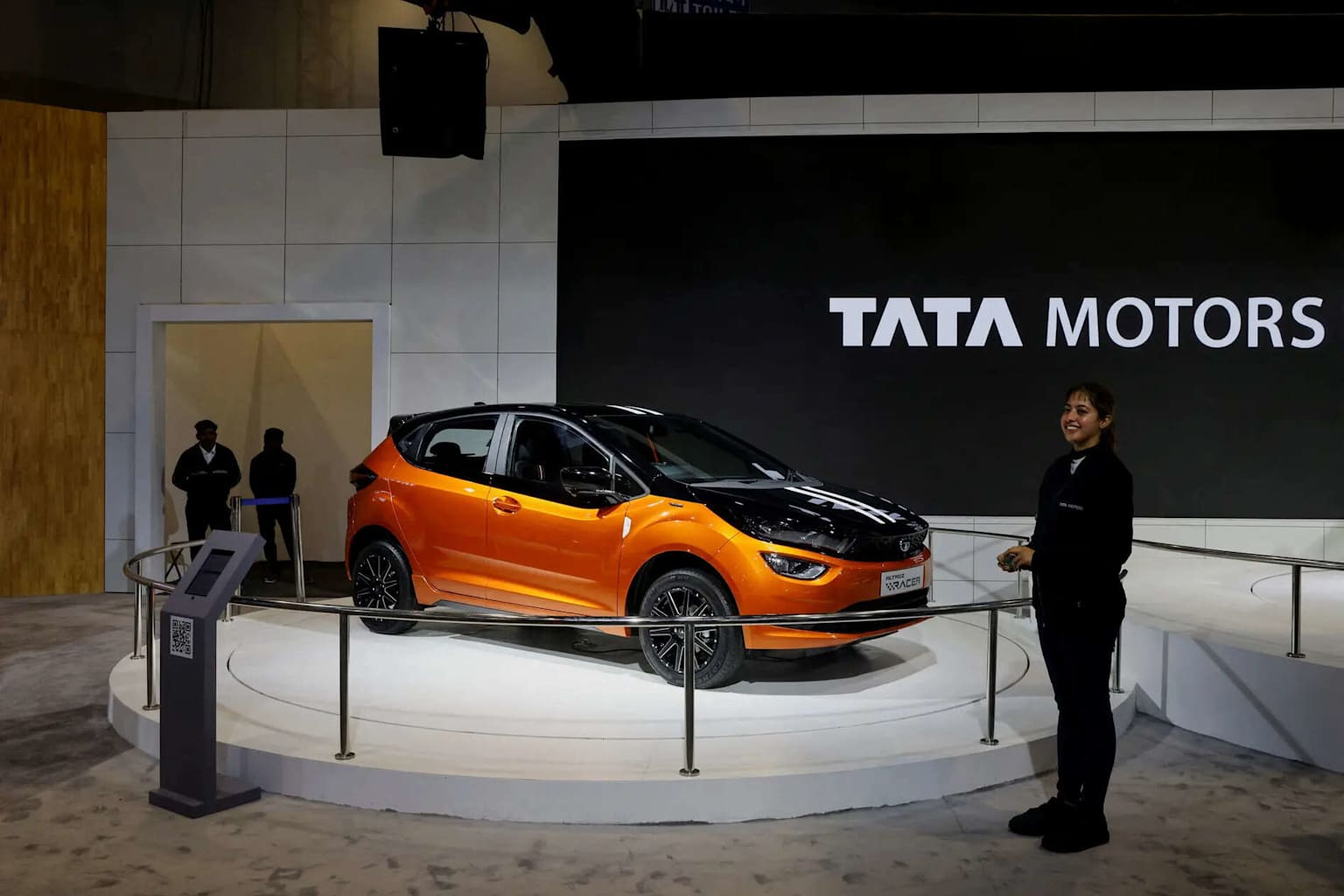- Segments Face Uniform Pressure
- Market Dynamics and Strategic Shifts
- Forward Positioning
Tata Motors reported a 9 percent decline in global wholesales to 299,664 units during the first quarter of fiscal year 2026, marking a broad-based retreat across the Indian automotive giant's passenger vehicle, commercial vehicle, and luxury segments. The downturn, announced Tuesday, reflects softening demand in key markets and planned product transitions as the company navigates a challenging operating environment.

The decline cut across all major business lines. Passenger vehicle wholesales, including electric vehicles, dropped 10 percent to 124,809 units in the April-June period12. Commercial vehicles and the Tata Daewoo range fell 6 percent to 87,569 units, while Jaguar Land Rover, the company's premium British subsidiary, recorded an 11 percent decrease to 87,286 units34.
Within JLR, Jaguar contributed just 2,339 units compared to Land Rover's 84,947 units, highlighting consumer preference for the SUV-focused Land Rover brand5. The luxury segment's performance was hampered by the planned cessation of legacy Jaguar models and a pause in shipments to the United States following the introduction of import tariffs4.
According to the Economic Times, the overall dip reflects "softening global demand, planned transitions in product line-ups, and supply chain recalibrations across key markets"1. The passenger vehicle industry experienced volume pressures particularly in May and June, with flat growth reflecting continued demand softness, according to Shailesh Chandra, Managing Director of Tata Motors Passenger Vehicles2.
Despite domestic headwinds, international markets provided some relief. Commercial vehicle exports surged 68 percent year-on-year, fueled by strong demand in the Middle East and Africa, while passenger vehicle exports also rose 68 percent3. The company's electric vehicle segment showed momentum toward the quarter's end, with 16,231 EV units included in passenger vehicle sales4.
The company emphasized strategic positioning despite the volume decline. At JLR, the mix of Range Rover, Range Rover Sport, and Defender models represented 77.2 percent of total wholesale volumes, up from 67.8 percent year-on-year, reflecting prioritization of the most profitable models1.
Girish Wagh, Executive Director at Tata Motors, noted that "June 2025 witnessed a sequential growth of 8% over May 2025" in commercial vehicles, while expressing optimism about improving volumes in coming quarters due to healthy monsoon forecasts and infrastructure development2.
Tata Motors shares ended Tuesday's trading session 0.64 percent higher at Rs 693.25 on the BSE, suggesting investor confidence in the company's strategic direction despite the volume pressures3.



